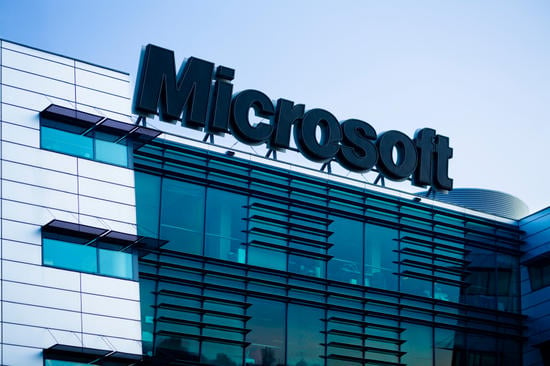Microsoft Expands Cybersecurity with AI-Powered Tools
Microsoft (MSFT) is stepping up its game in cybersecurity by launching a suite of new artificial intelligence-driven tools aimed at combatting the increasing wave of digital threats and the complexities that come with securing generative AI.
On Monday, Microsoft announced that it will unveil 11 new Security Copilot agents in April to automate crucial security tasks such as identifying phishing attempts, preventing data loss, managing vulnerabilities, and regulating access to sensitive information. With the surge in cyberattacks, Microsoft reported that its systems currently analyze a staggering 84 trillion security signals every day, successfully intercepting over 30 billion phishing emails. This overwhelming volume of activity represents a significant challenge for traditional security teams that rely on manual methods.
Cutting-Edge Agents for Immediate Impact
Developing these six dedicated agents took six months of effort, resulting in tools designed for phishing reviews, insider risk management, identity access policy enforcement, vulnerability repair, and threat intelligence gathering. These agents will seamlessly integrate with all of Microsoft’s security products, including Microsoft Defender, Microsoft Purview, and Microsoft Entra, offering security teams the ability to respond quickly and effectively to ongoing threats, improve operational efficiency, and maintain stringent control over data.
In addition to these internal developments, Microsoft is collaborating with partners like OneTrust and Aviatrix to deliver five more agents. These partnerships will enable businesses to address data breaches, monitor network issues, assess their security operations, contextualize threat alerts, and prioritize significant cyber risks.
Tackling Shadow AI Concerns
As more organizations utilize creative AI applications, concerns surrounding unregulated “shadow AI” tools have also come to the forefront. Microsoft plans to implement controls that prevent unauthorized access to these applications. Features such as a new AI web category screen and data loss prevention measures in Microsoft Edge will help safeguard sensitive information from being entered into unapproved applications like Google Gemini or ChatGPT.
The company is also broadening its AI security posture management. Starting in May 2025, Microsoft Defender will extend its protective capabilities to additional cloud providers and AI models, including Google Vertex AI and Meta Llama. The Open Worldwide Application Security Project (OWASP) has identified various threats associated with these developments, including indirect prompt injection attacks and token abuse—areas where Microsoft is actively developing new tools.
Future Enhancements on the Horizon
Looking ahead, Microsoft plans to introduce a hacking defense feature for Microsoft Teams starting in April 2025, along with real-time link destruction and alerts through Defender for Office 365. These improvements are part of a broader initiative to secure AI transformations as more businesses adopt creative tools. A recent study by Microsoft reveals that 57% of companies have encountered increased security incidents since implementing AI, while 60% have yet to establish effective controls.
As cyber threats evolve, the need for robust protective measures becomes more crucial than ever. Microsoft’s ambitious rollout of AI-powered cybersecurity tools demonstrates its commitment to providing innovative solutions that empower businesses to navigate the digital landscape safely.
The AI Buzz Hub team is excited to see where these breakthroughs take us. Want to stay in the loop on all things AI? Subscribe to our newsletter or share this article with your fellow enthusiasts.




